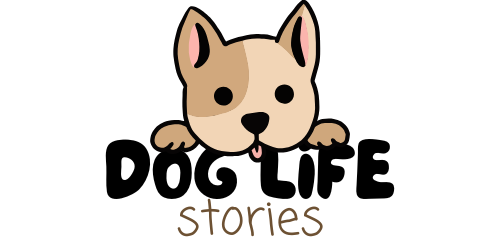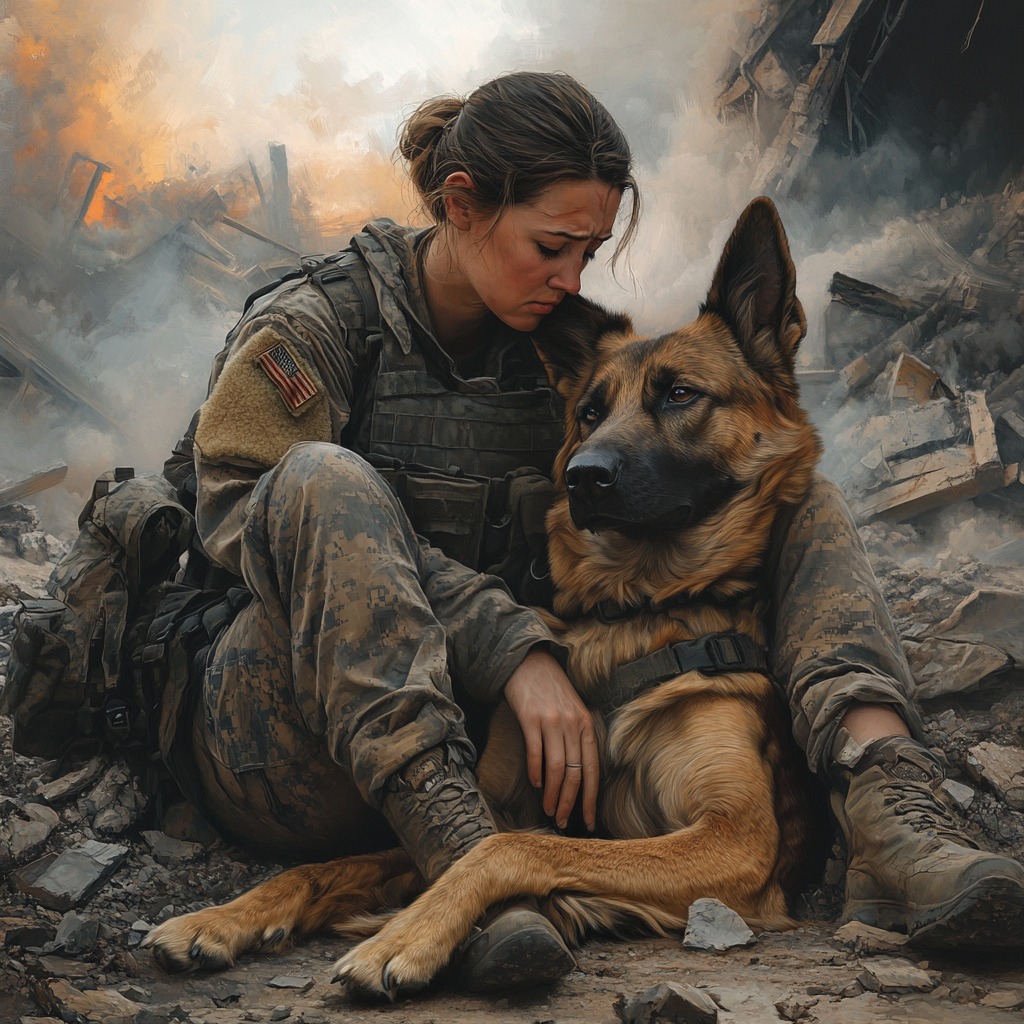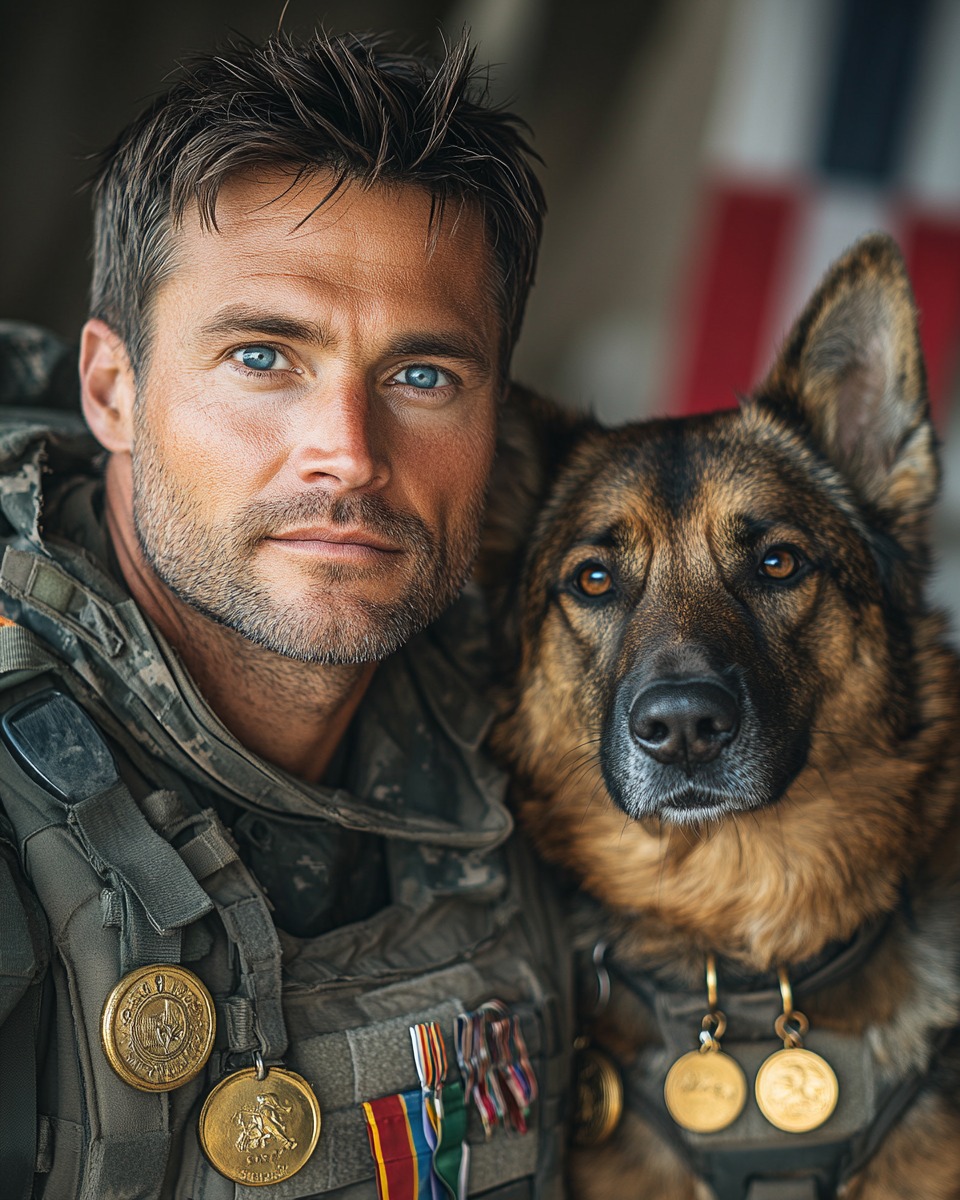The Puppy Who Wouldn’t Leave the Coffin: A Funeral That Changed Military Dog Policy Forever
K9 Scout had always been known for his relentless spirit and fierce loyalty. A black Belgian Malinois, Scout had seen combat, faced dangers no human could imagine, and always kept his handler, Sergeant Ryan Ellis, safe. Together, they were a team — a bond that transcended words. They had deployed multiple times, crossing treacherous terrains and navigating missions that would break most soldiers. But when Sergeant Ellis was killed in action during a sudden ambush in Afghanistan, it wasn’t just a loss for his family and comrades; it was a loss for Scout, who had always been by his side, guarding him like a shadow.
The day of Sergeant Ellis’ funeral was an emotional one for everyone who had known him. Mourners filled the church, and the military honors were observed with the utmost respect. But as the ceremony reached its final stages, something unexpected happened. Scout, now just a few years old, refused to leave his fallen handler’s casket. While the human soldiers stood at attention, Scout sat at the foot of the casket, his eyes never leaving the flag-draped box. As the military brass performed their final salute, Scout stood vigil. He nudged the casket with his nose, as though trying to wake his fallen partner. His stance was unwavering — this was not just a dog; this was a soldier, mourning his lost brother.
The mourners watched in awe, some in tears, as the loyal dog refused to leave the side of the man he had sworn to protect. His devotion was palpable, his loyalty unshakable. Scout’s actions at that funeral would go viral, sparking an outpouring of emotional reactions from people across the globe. The image of the grieving dog standing guard over his handler’s casket was one that would be shared millions of times. It was a moment that resonated deeply with anyone who had ever loved or served with a dog. The world saw what those in the military already knew: these dogs weren’t just animals; they were family. They were warriors in their own right, and they deserved recognition for their service.
The emotional power of that image eventually reached the ears of military leaders, lawmakers, and officials. What happened at that funeral struck a chord with the nation, but it also ignited a much-needed conversation about how military dogs were treated and recognized. The long-standing policy had been that military working dogs were classified as equipment, not soldiers. They were valuable assets but did not receive the same official honors and recognition as their human counterparts. But after Scout’s viral moment of grief, a wave of change began to sweep through the armed forces. The military reconsidered its policy regarding K9s, understanding that they had earned the right to be recognized as heroes, not just tools of war.
In the months following the funeral, legislation was introduced that would grant military dogs official recognition and memorials. It wasn’t just about honoring their service — it was about acknowledging the unique bond between handler and dog, and the sacrifices that these dogs made on the frontlines. As part of the new policy, military dogs would now receive full military honors upon retirement or death, with ceremonial burials and recognition at parades and memorial services. K9 Scout’s unwavering loyalty to his fallen handler had sparked a movement that would change the lives of thousands of military dogs and their handlers forever.
Today, K9 Scout’s legacy lives on. Memorials have been erected in honor of military dogs across the nation, and ceremonies now recognize them as the brave soldiers they are. The recognition that Scout helped bring about has not only changed policy but has also changed the way the public views the sacrifice of these extraordinary dogs. As for Scout, he found peace in knowing that his partner’s death was not in vain. His story, shared through countless media outlets, stands as a testament to the unbreakable bond between a soldier and his dog.







